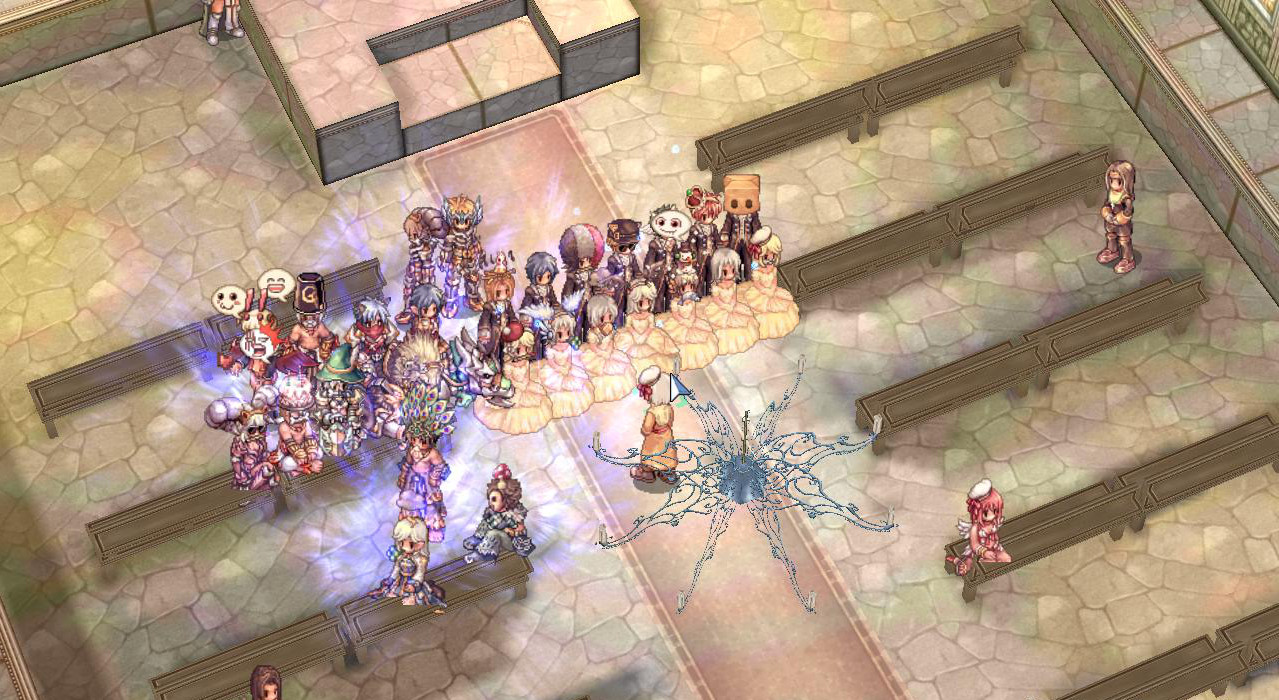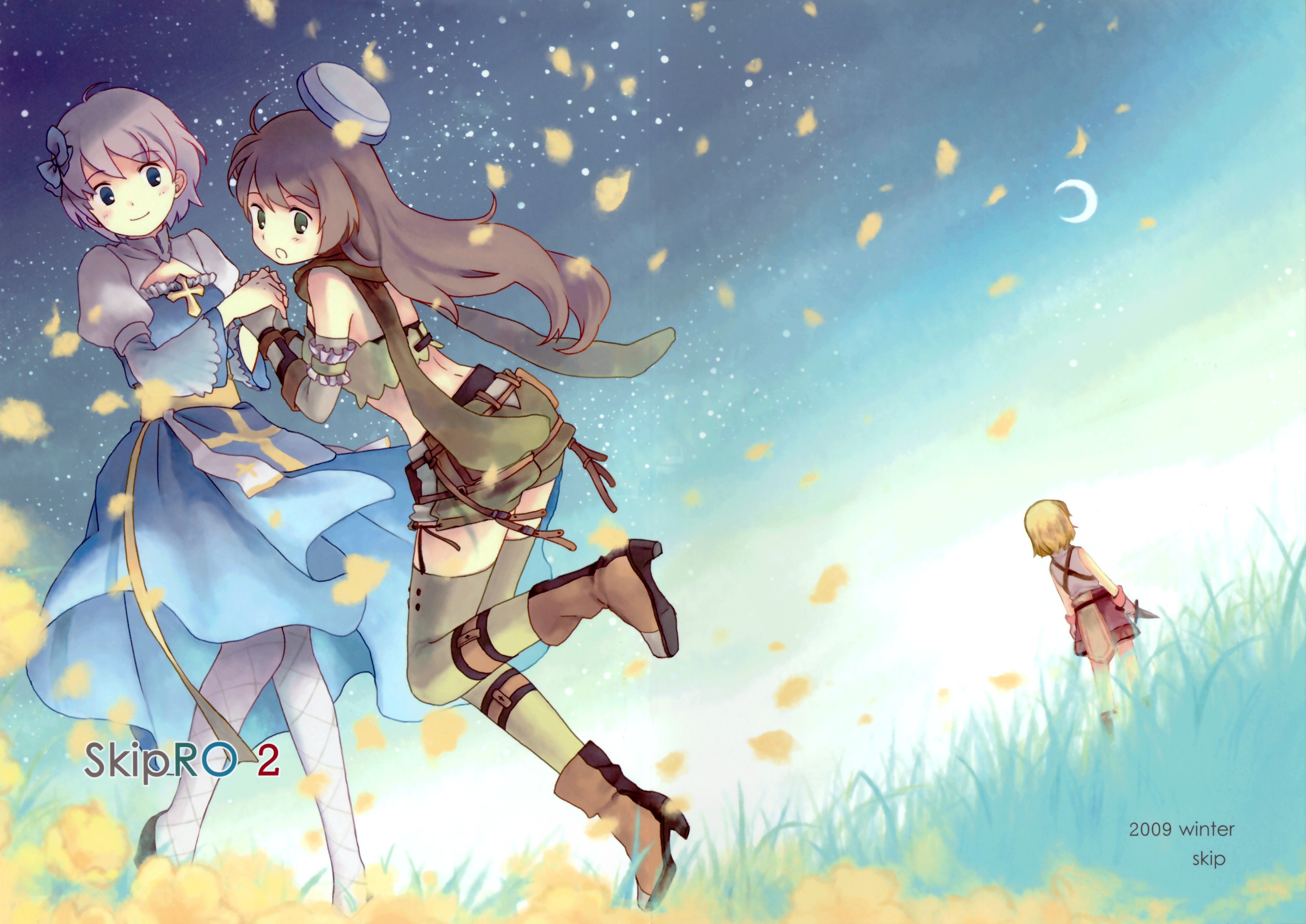

It can be a little spotty getting images to load for old pages on the Wayback Machine but this seems to be a decent snapshot of the Decipher website. I like how the light side "binary droid" has the copyright date written in binary. And here's the list of easter eggs that Tom mentioned. When you look at these as a whole it really starts to look more like a roleplaying game.

#Lightside legend ragnarok download full
I think this is the only card in the game that uses these rules! While we're at it, here's a full set of rules, along with supplementary rules sheets released with each expansion. Here's the bluffs card I mentioned, and here are the bluff rules it references. I can't say how "true" it is, but Matthew lent it to me and it definitely changed the way I think about modern media consumption. The otaku book I was referencing is called Otaku: Japan's Database Animals.

I have to admit, I seriously considered buying one while I was editing this episode. Here's the full list of cards and here's somewhere that you can buy one, still sealed, for a mere $35. The Fajo Collection, on the other hand, is much more searchable. They are remarkably difficult to search for online but I managed to find some pictures on BoardGameGeek. I seem to have conflated Scratchees (the product) with Dr. We talk about designing games for licensed IP, creating mechanics that deeply evoke your theme and setting, a fair amount of sci-fi nostalgia, and the tragic downfall of Decipher. In episode #10 of the Zachtronics podcast I'm joined by Keith again, this time to interview Tom Braunlich, one of the designers of the Star Trek and Star Wars collectible card games from the 90s.


 0 kommentar(er)
0 kommentar(er)
